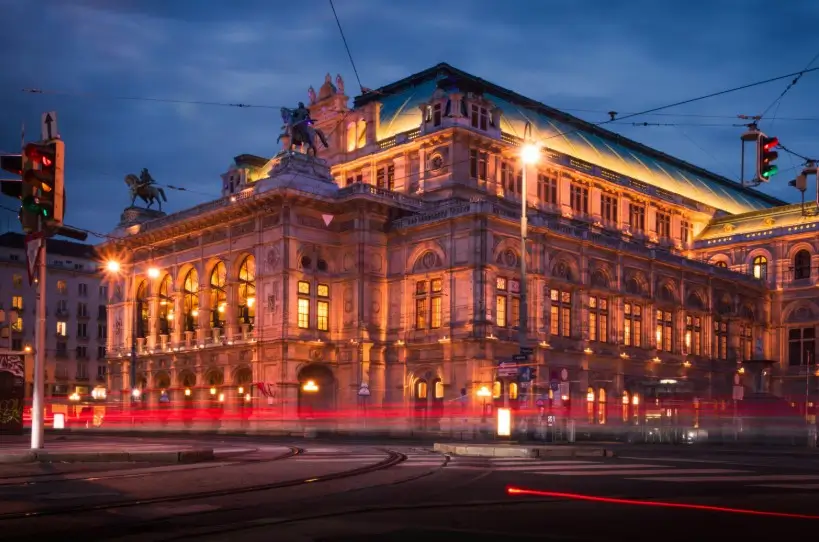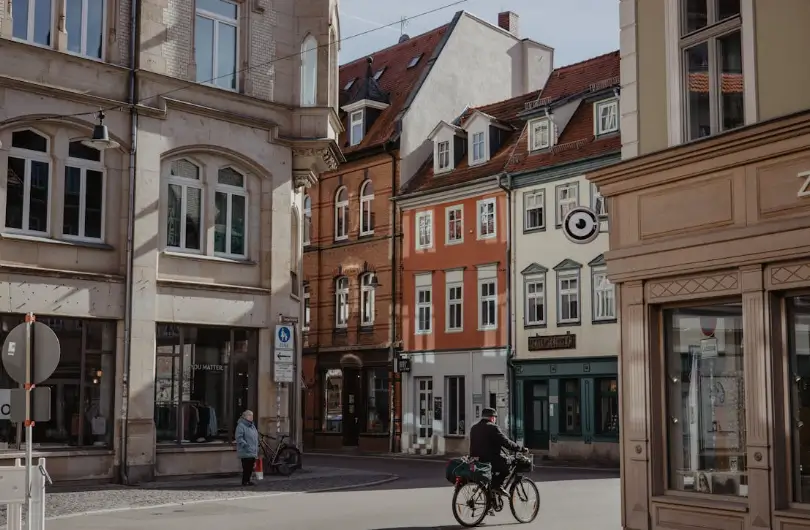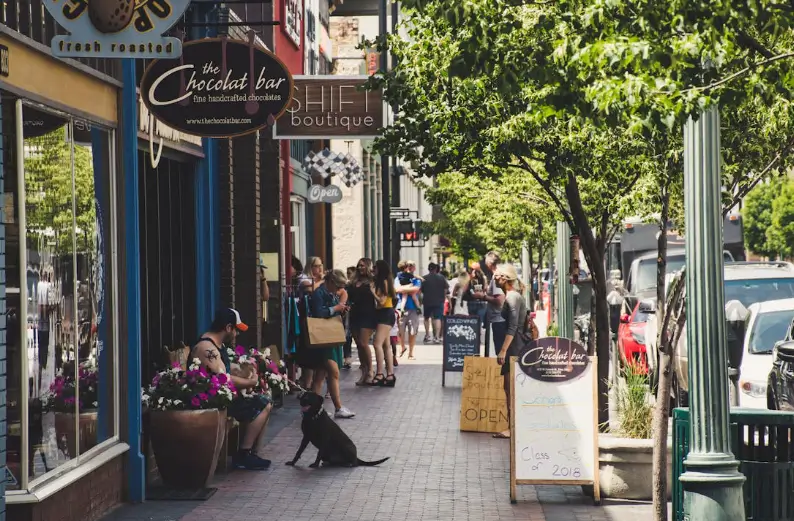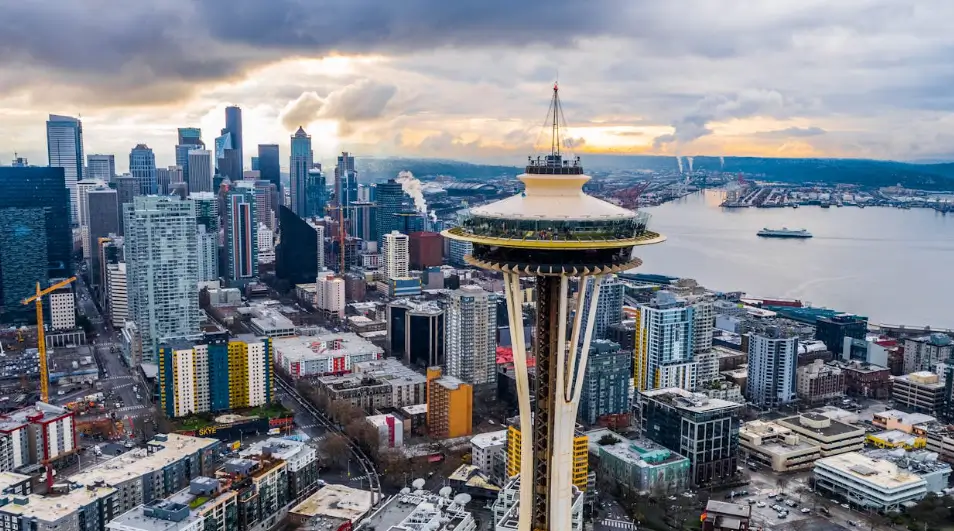Why Everything Is Ugly Now And Why That Matters For Planning
Beauty isn't a luxury—it's a public good.
Ever look around a new development and wonder why it all feels…off? The buildings are technically fine. They meet the code. They provide the units.
Yay?
But then you take a closer look and you realize: they look like copy-and-pasted boxes in a sea of parking. And suddenly, looking again feels like a chore. Somewhere along the way, beauty was quietly removed from the planning conversation and replaced by efficiency, compliance, and checkbox design reviews.
You're not dealing with fluff when you care about things that look good. It's not about expensive finishes or subjective taste. It's about how a place makes people feel. And when we lose that, we get disconnected people...along with uglier places. We get streets no one wants to walk on, parks no one lingers in, and buildings no one cares about. How is that designing for people?
What We Lost When We Stopped Valuing Beauty
Once upon a time, planning considered civic beauty a public good. Streets were designed to impress. Buildings had a front and a back. Even public housing had design ambition. Take the Pruitt-Igoe complex in its early vision, before funding cuts and neglect, it was a bold modernist statement meant to uplift. Or the brownstones of Brooklyn, with their ornate façades and stoops that created both beauty and social connection. Look at the Beaux-Arts train stations, like Union Station in D.C., which turned travel hubs into cathedrals of movement. These were grand civic gestures meant to capture the aspirations of people and root them in a space that was enjoyable to look at. Then came “value engineering,” auto-centric planning, and decades of form following budget. As codes got more technical, design got more defensive. Developers cut corners to hit the pro forma. Cities became more focused on what couldn’t be built than what should be. And now we have boring buildings with the same stamped design you see pretty much everywhere. No distinction, no architectural thought or skill, no imaginative effort.
When design is just about avoiding violations, ugliness becomes the default.
The Case for Aesthetics in Planning
People may not be able to define good design, but they know when it feels right. Well-designed environments make people want to interact with the built environment. They invite people to see a place again, and again, and again. They feel safe, alive, and intentional. Think of Paris, where even a mundane stroll to the bakery feels cinematic. Its blend of cohesive architecture, human-scaled streets, and visual rhythm creates an environment people instinctively love and want more of. But there's no reason beauty like that should be reserved for vacation. Cities here could offer the same charm if we choose to prioritize it. The blueprint exists...somewhere...and it's been approved! We just stopped using it.
Aesthetics also build public trust. Communities have no problem defending a beautiful neighborhood. They’ll show up for a well-designed plaza. They’ll even maintain a block that feels worth caring about. Even property values respond to beauty! I mean, who wants to invest in something that looks temporary or neglected?
Beauty is an emotional investment, the kind that makes a city more than just functional. We're not robots, after all.
When we walk through a place that was clearly designed with care, we’re more likely to care back. That sense of mutual respect between people and their environment? That’s the hidden engine behind civic pride, stewardship, and long-term investment.
Why Everything Looks the Same Now
You can't blame today’s sameness on bad intentions. It's doubtful that engineers and architects are in a secret room somewhere planning how to make cities dreadful to live in. Almost like a secret plot to take over the world...through boredom.
No, that's not really happening...but if it is...shame on you, architects and engineers!
Rather, the lack of things worth looking at is more of a byproduct of systems that prize efficiency over expression. Most cities rely on design standards that regulate dimensions over delight. Developers use the same few materials (Hardie board, vinyl, stucco) because they’re cheap and code-compliant. Multifamily buildings get repeated across cities like cookie cutter prefab stickers.
Even form-based codes, while better than conventional zoning, often assume design quality will follow when you regulate massing and orientation. But without real attention to detail, you just get better-shaped boxes with the same lack of soul.
And because planners are taught to avoid “subjectivity,” discussions of beauty get brushed aside as too personal, too risky, too political.
Sometimes, I wish our profession was more like school architecture studios where your professor had no problem looking at your project and saying, "This sucks. Do better."
How to Bring Beauty Back (Without Being a Design Snob)
Well...you can't.
You simply have to be the biggest design snob on the block.....I'm kidding.
Beauty doesn’t have to mean expensive. And it doesn’t have to mean classical columns or hyper-stylized anything. It can be simple, tactile, local, even weird. The key is intention.
Here’s how we start:
- Ask communities what beauty means to them. Then listen.
- Write design standards that encourage, not just constrain.
- Make space for texture, variety, and materials with character.
- Let buildings relate to the street and to each other.
- Give planners permission to talk about how things feel, not just how they measure.
Why Beauty Deserves a Place in Policy
Beauty is essential to the way people experience space, and to think that it’s just fluff is really missing the point. If, as planners, we scream and shout that we want to help design places that are meant for people, why would we shy away from something that is so specific to people? We don’t fight for ugly places. They're more like an inconvenient tolerance that hurts your poor human soul. We pass through them. We forget them.
The truth is planning is about people and place, but too often, we focus only on the place. The code gets built. The units get delivered. But the soul of the street?....wait...streets have souls?
It’s time to bring beauty back, not as frosting, but as foundation.
%20(1200%20x%20237%20px)%20(300%20x%2059%20px).webp)





